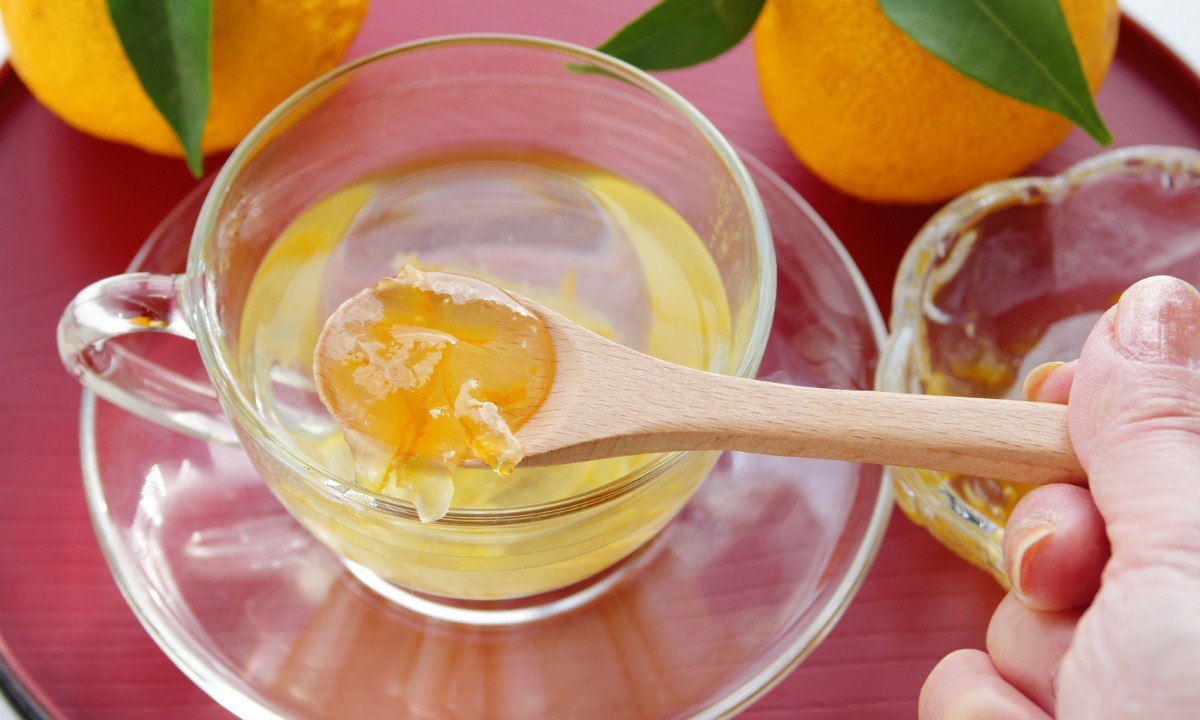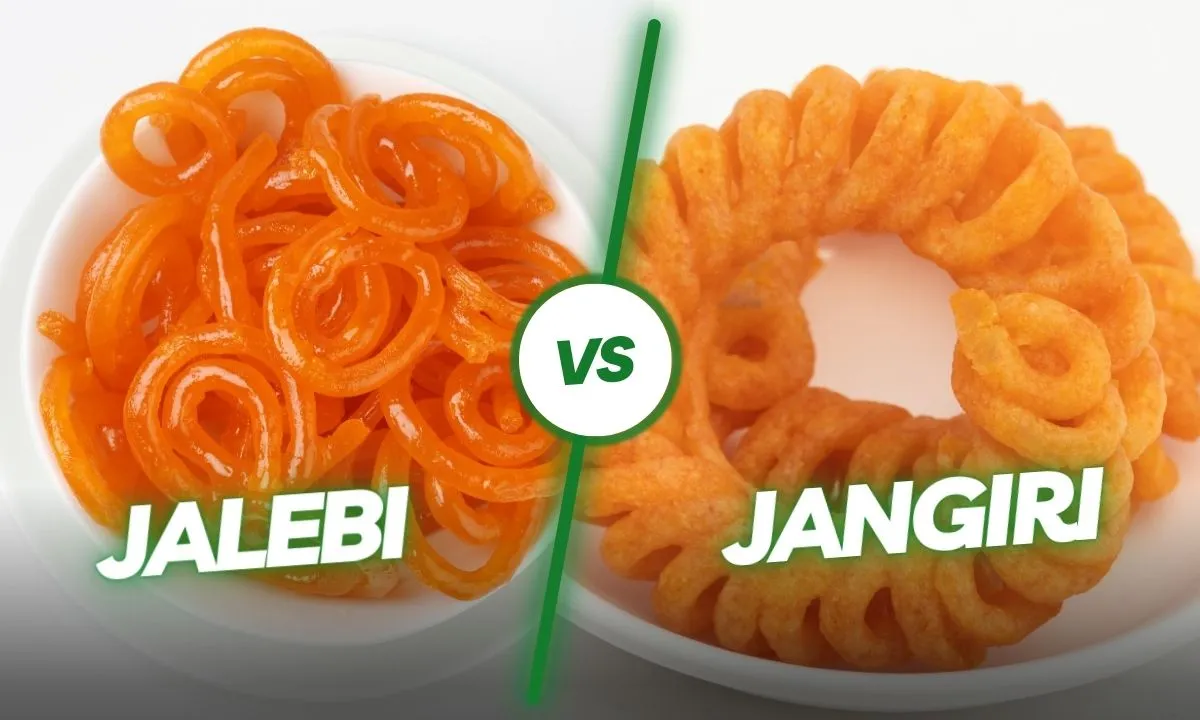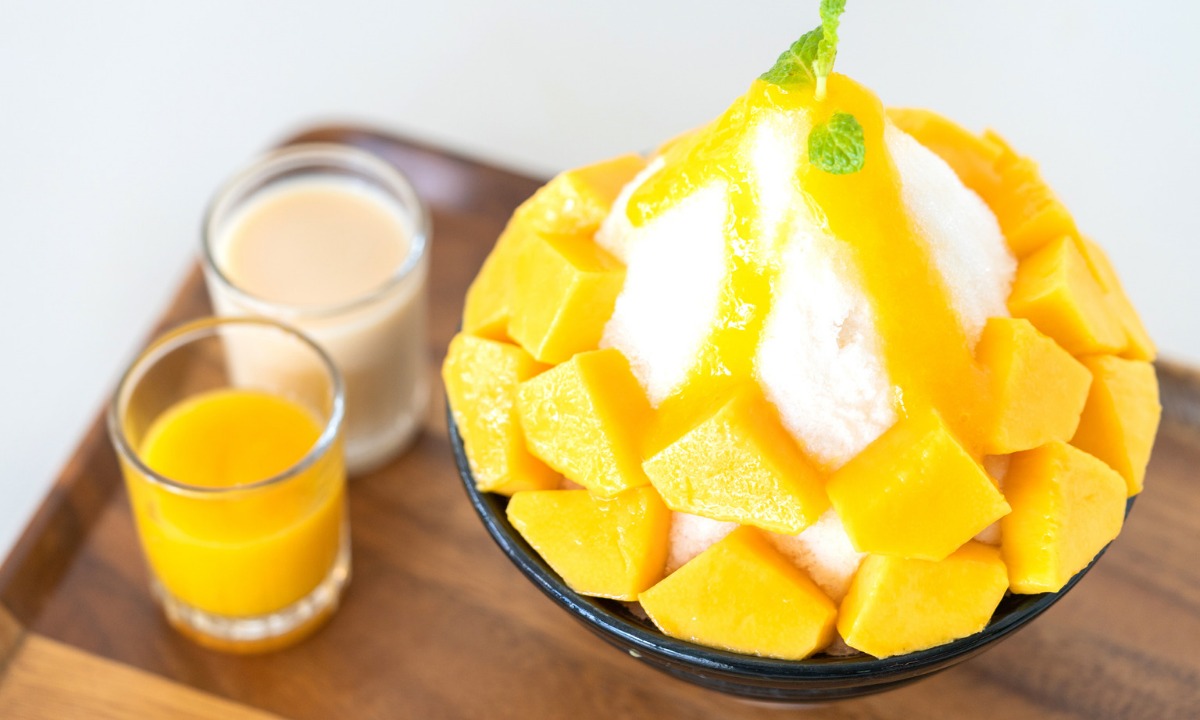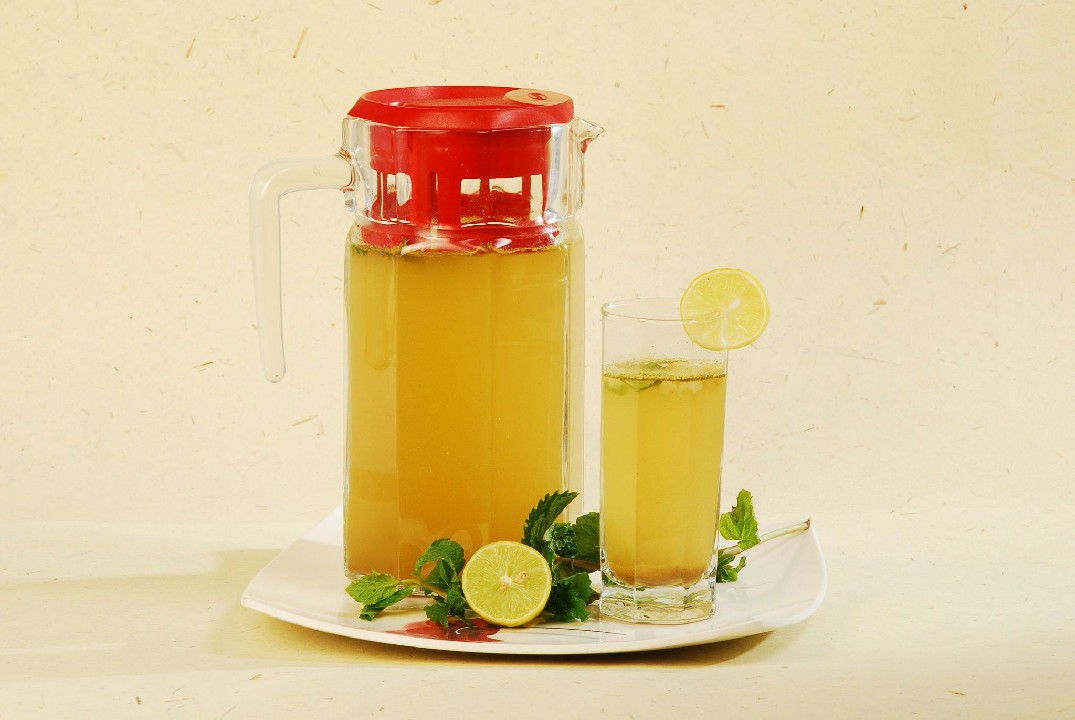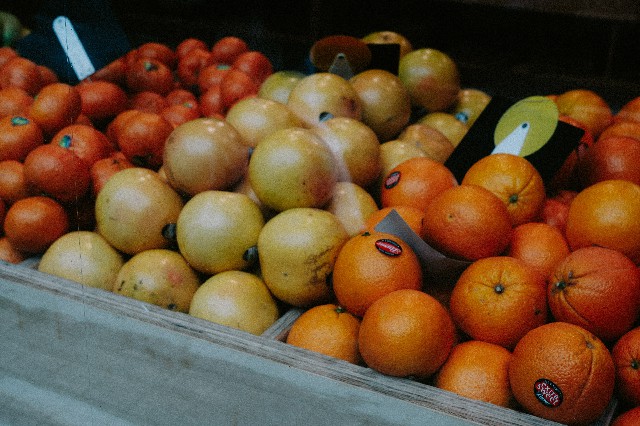
With the increasing popularity of Korean TV shows, movies, makeup, and clothes, people have started to accept the excellent taste of Korean fruits & Korean Pickles.
Today we are going to talk about the Korean fruits that play an essential role in people’s daily diet. These fruits are tied to many cultural traditions in Korea.
So before taking a trip to Korea, it is time to expand your knowledge and comprehend this beautiful country.
These fruits are mostly available in the Korean supermarket and many supermarkets worldwide. If you love to eat fruits, you must try some Korean fruits.
Dragon fruit
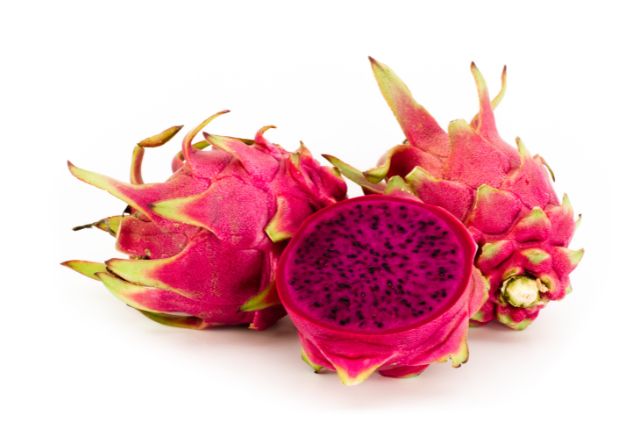
Let’s begin with the familiar one, the dragon fruit! The Korean name of this fruit is Yong-gwa. It is named dragon fruit because of its spiky shell and vibrant color.
This fruit has a distinctive bright pink exterior, and spotted white or pink inside makes it recognizable worldwide. Dragon fruit comes in two main varieties: White and red.
The taste of the red dragon fruit is sweeter and richer compared to its white cousin and is more expensive. It is the most common fruit grown in Korea and is found all over Asia.
Health benefits: Dragon fruits may help fight chronic disease, are loaded with dietary fibers, and promote healthy guts.
Yuzu
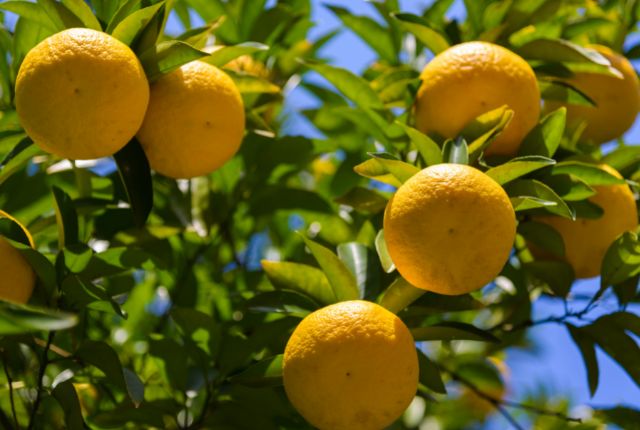
Another best Korean fruit is yuzu, which is a winter citrus fruit. Yuzu has a sour taste similar to grapefruit. The best part about yuzu fruit is that it is entirely edible from the rind to the seeds.
The local name of yuzu in Korea is Yuja. In many traditional Korean recipes, you will find yuzu in the list of ingredients because its acidity will cut through fatty meat and rich tastes.
Yuzu has a fantastic flavor profile and has become increasingly popular with cocktail bars for drinks like yuzu sours.
Health benefits: The yummy yuzu fruit helps to improve blood flow and has some powerful antioxidants like Limonoids, Carotenoids, and flavonoids.
Persimmon

In the exotic Korean fruits list, persimmon is an unforgettable name. This fruit is native to China, Northeast Asia, and Indonesia and is a member of the Ebenaceae family.
Persimmons are often called Korean mangoes. It has wide varieties and has yellow-orange or deep red-orange hues. The dominant flavor of persimmon is its sweetness. It reminds you of the taste of honey.
Persimmon has two main types, which include astringent and non-astringent. The astringents are similar to the heart’s shape and contain many tannins. At the same time, the non-astringent one resembles a tomato and has low tannin content.
Health benefits: The Korean persimmons are rich in Vitamins B1 and B2, folate, magnesium, and phosphorus. It helps to regulate blood sugar levels and better skin health.
Fuji apple
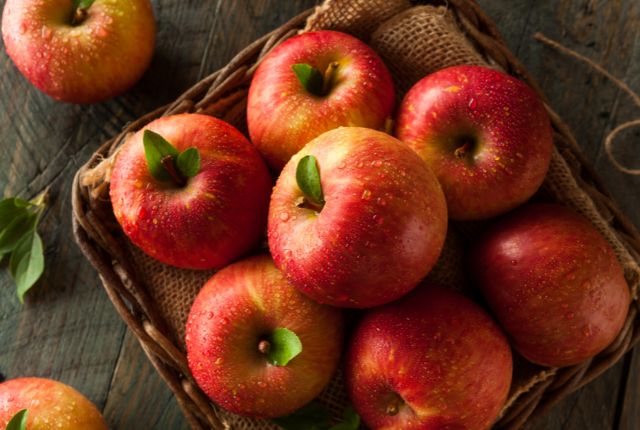
The one Korean fruit that everyone knows about is the fuji Apple. It is a hybrid fruit grown by the Japanese in the 1930s.
The Fuji apple is a cross between two apple varieties, the Red Delicious and the Rawls Jannet of America. This fruit is named after the Japanese town where it was created.
Traditionally the Fuji apples in Korea are connected to celebrations and holidays, which is why they are so expensive. The Korean way to eat this fruit is to break the Fuji apple in half with your hands.
Health benefits: Fuji apples are incredibly delicious, rich in Vitamins, antioxidants, and high in dietary fibers. Daily consumption of fuji apples prevents you from Alzheimer’s disease.
Kyoho grapes
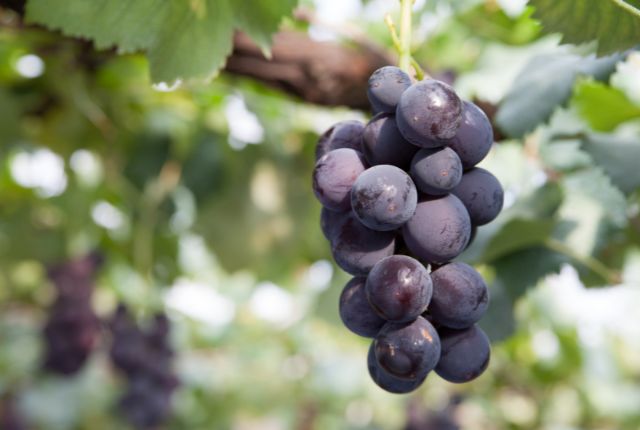
Kyoho grapes are on the list of fruits you need to try while visiting Korea. It is known as kyoho budo in Korea, which means Giant Mountain Grapes.
Kyoho grapes are a hybrid fruit that is incredibly popular in East Asia and Korea. The appearance of kyoho grape is black-purple, and it has a delicious sweet taste with just enough acidity to balance them out.
The seeds of kyoho grapes are not consumed because they taste very bitter. This fruit is used in jellies, jams, celebration drinks, and Korean desserts.
Health benefits: This incredible Korean fruit has high water content and is suitable for healthy hair. They are rich in antioxidants, flavonoids, quercetin, and myricetin.
Bokbunja
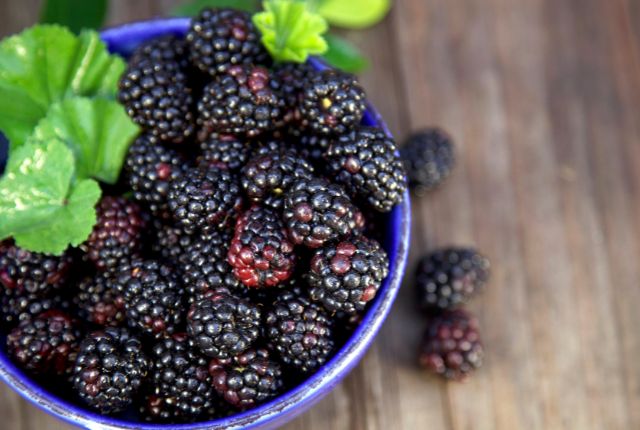
Bombunja is berries. It is native to Korea and is red and purple produced in clusters.
Fruit wines in Korea are prepared from such berries. The Korean fruit wine known as bokbunja ju is made of bokbunja blackberries. The wine is prepared by fermenting this berry.
Health benefits: Bokbunja berries are good for lowering the risk of disorders like allergies, asthma, inflammation, and obesity. These berries help fight cancer and build immunity.
Korean Pear
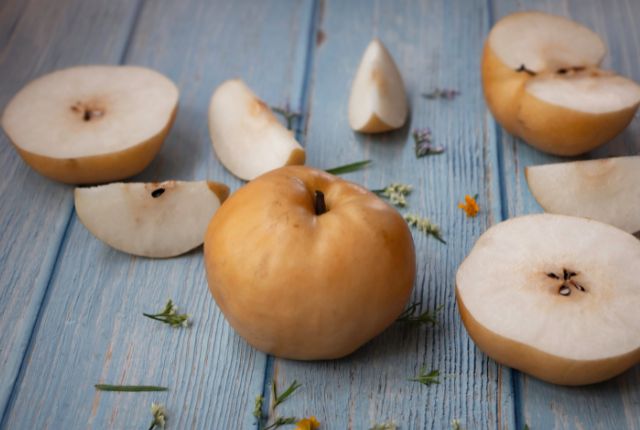
The Korean pear is sometimes called an apple pear, a large round fruit that is brown and comes in green and yellow colors.
Korean pear is a hybrid fruit that is popular because of its texture and crunchiness, similar to apples. Korean pears are sweet, complex, and very juicy.
Health benefits: This fruit is an excellent source of vitamins C and K, potassium, and copper. Korean pear is beneficial for heart health.
Omija (Magnolia berry)
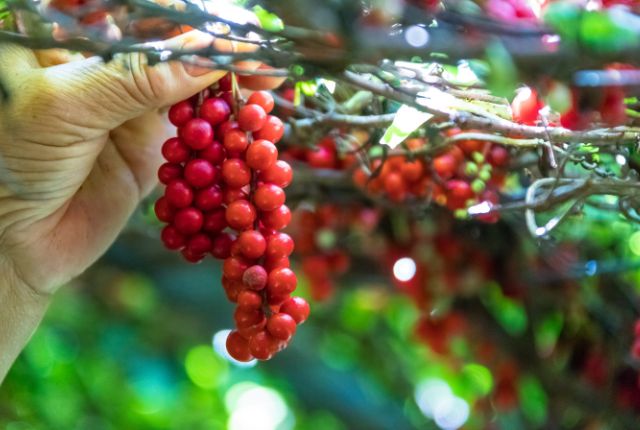
The berry, commonly known as flavored or magnolia berry, is a red berry that grows in a dense cluster. Omija generally develops in the mountain area.
Omija has five distinct flavors: sourness, sweetness, saltiness, bitterness, and pungentness. This fruit can be eaten fresh or dried to make drinks and beverages.
Health benefits: It is suitable for the skin. It also enhances liver and kidney functions and is ideal for blood circulation. It helps fight obesity.
Hallabong
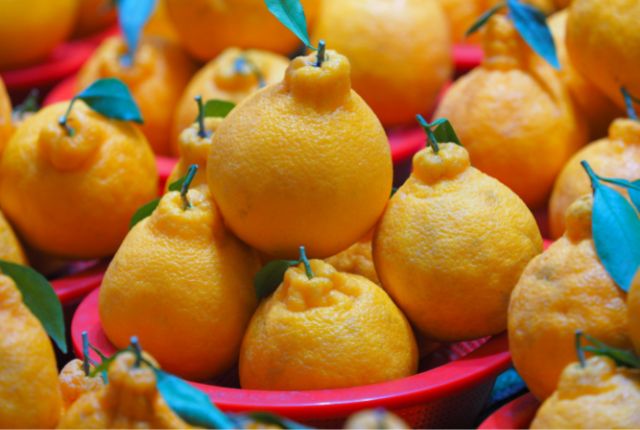
This fantastic Korean fruit is citrus in nature and juicy. It looks like a hump surrounding the stem. The hallabong came from the mountains named Halla where this fruit was grown.
It could be used to make smoothies and can be squeezed to make juice. The orange fleshy juiciness can be enjoyed by peeling the back of this fruit.
Health benefits: Being a citrus fruit, it contains Vitamin C, antioxidants, and dietary fibers that aid digestion. It helps boost immunity and is good for brain health.
Chameo (Korean melon)
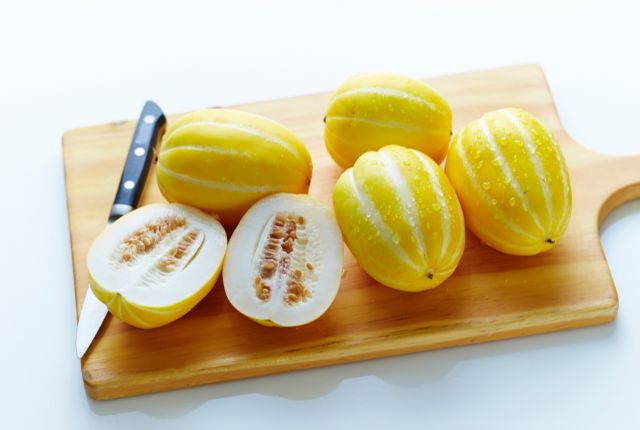
This fruit is different from a typical musk melon; these are smaller and crisper. Chameo is so refreshing and is less sweet.
These melons have pale yellow strips but a bright sunshine color. The sweeter variety of this melon is Euncheon chameo. This fruit can be eaten whole, even the skin of the melon.
Health benefits: Korean melons are high in calcium and vitamins. Good for maintaining the blood sugar levels and cholesterol.
So if you are planning to visit Korea any time soon, remember to get your hands on this delicious and unique Korean fruit.
These homegrown and hybrid Korean fruits are why you visit Korean supermarkets and stalls.
